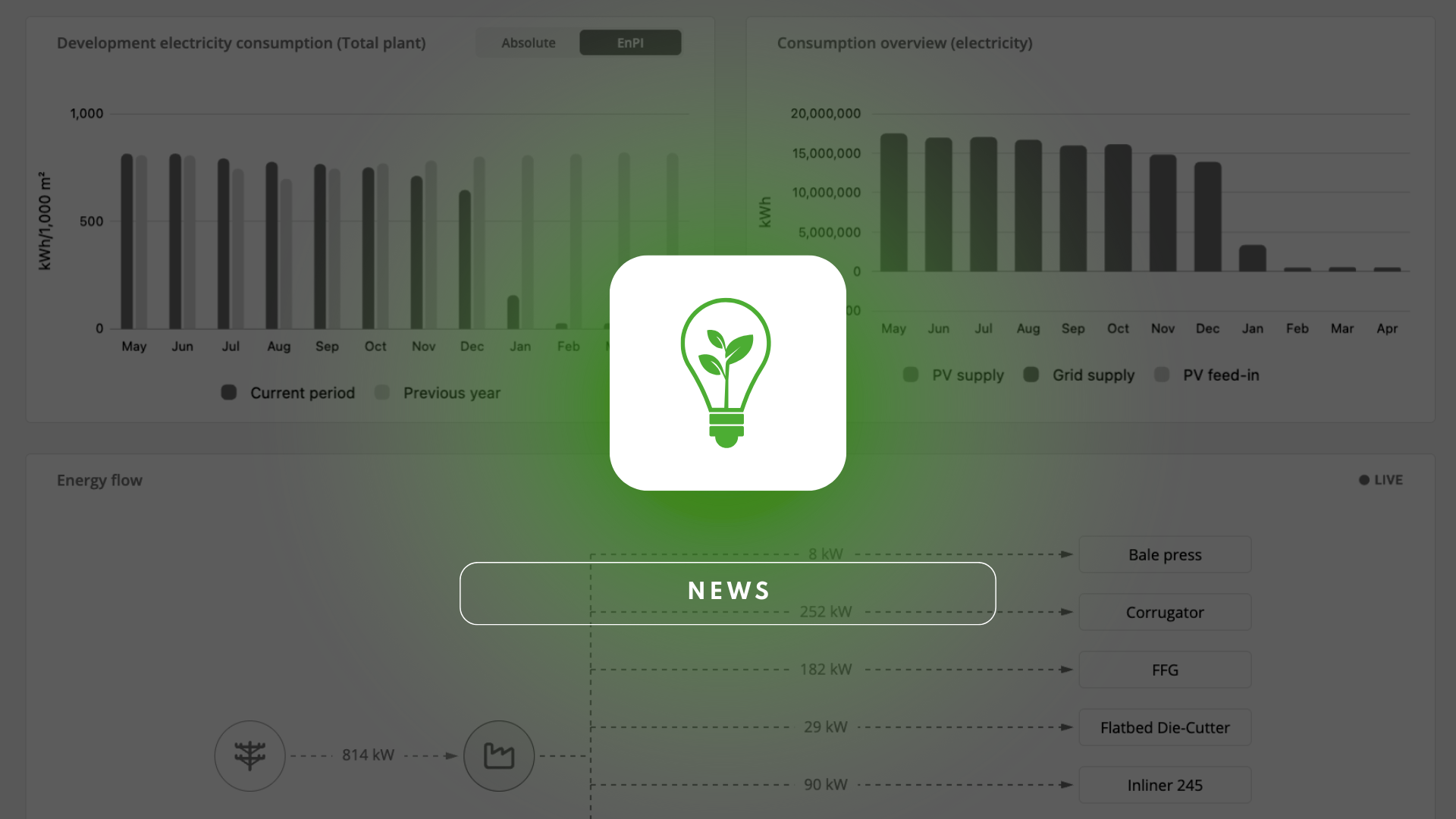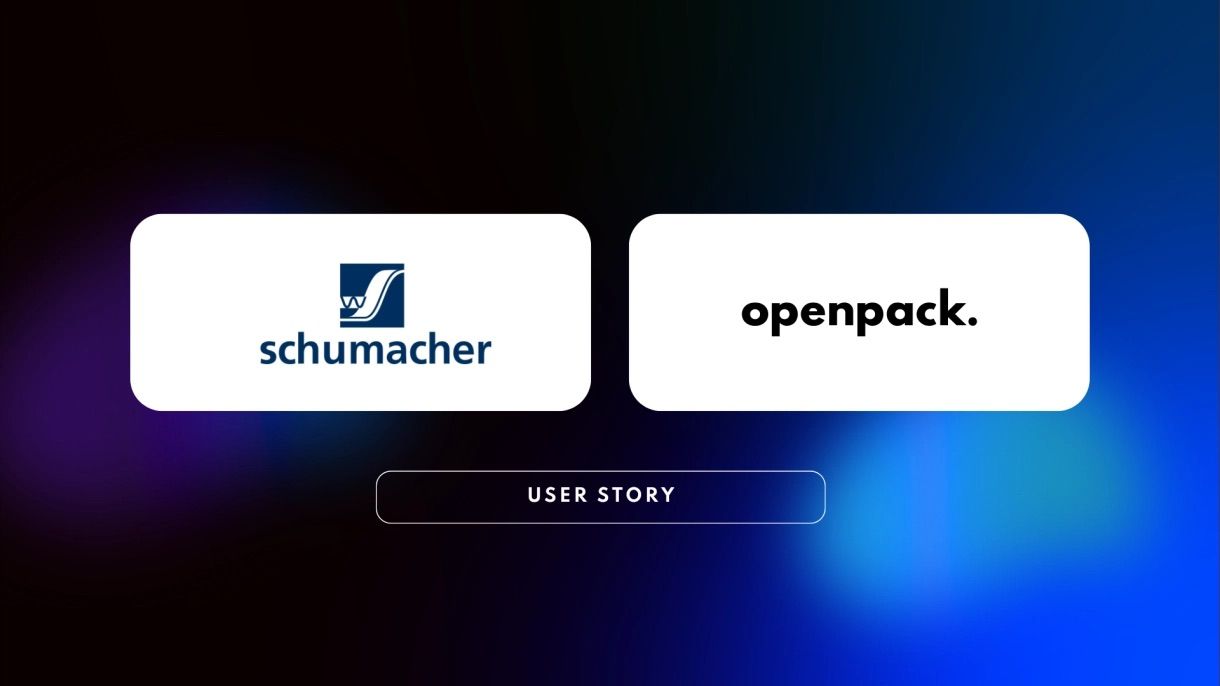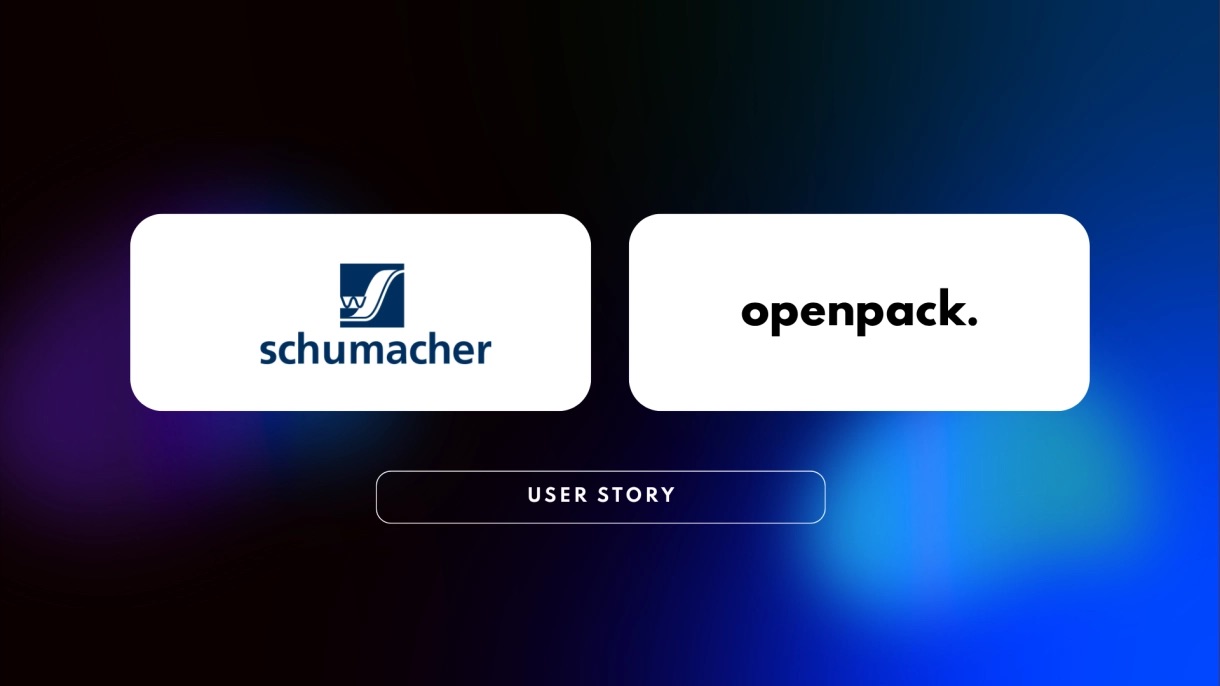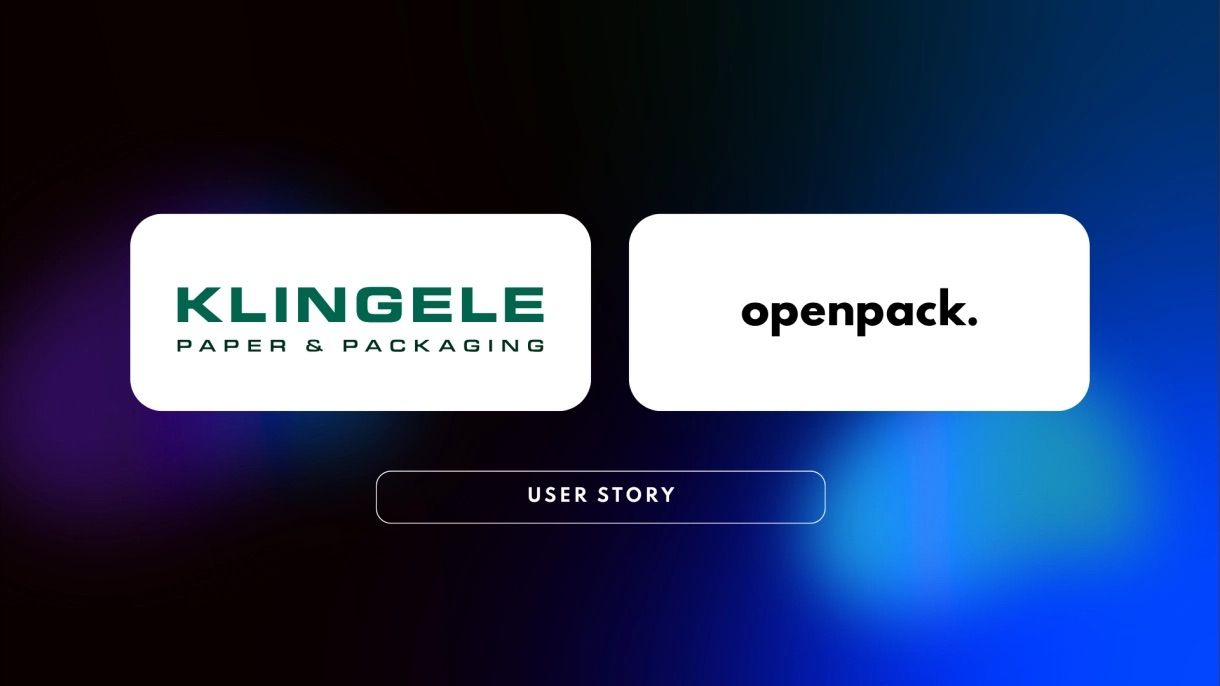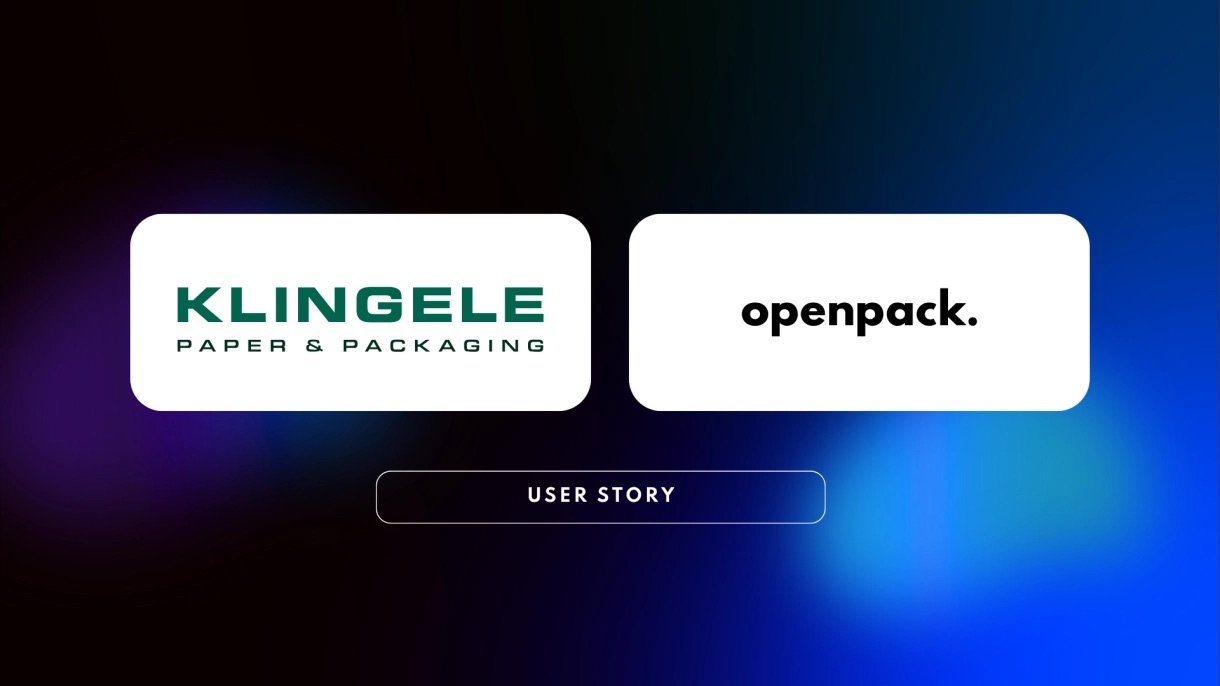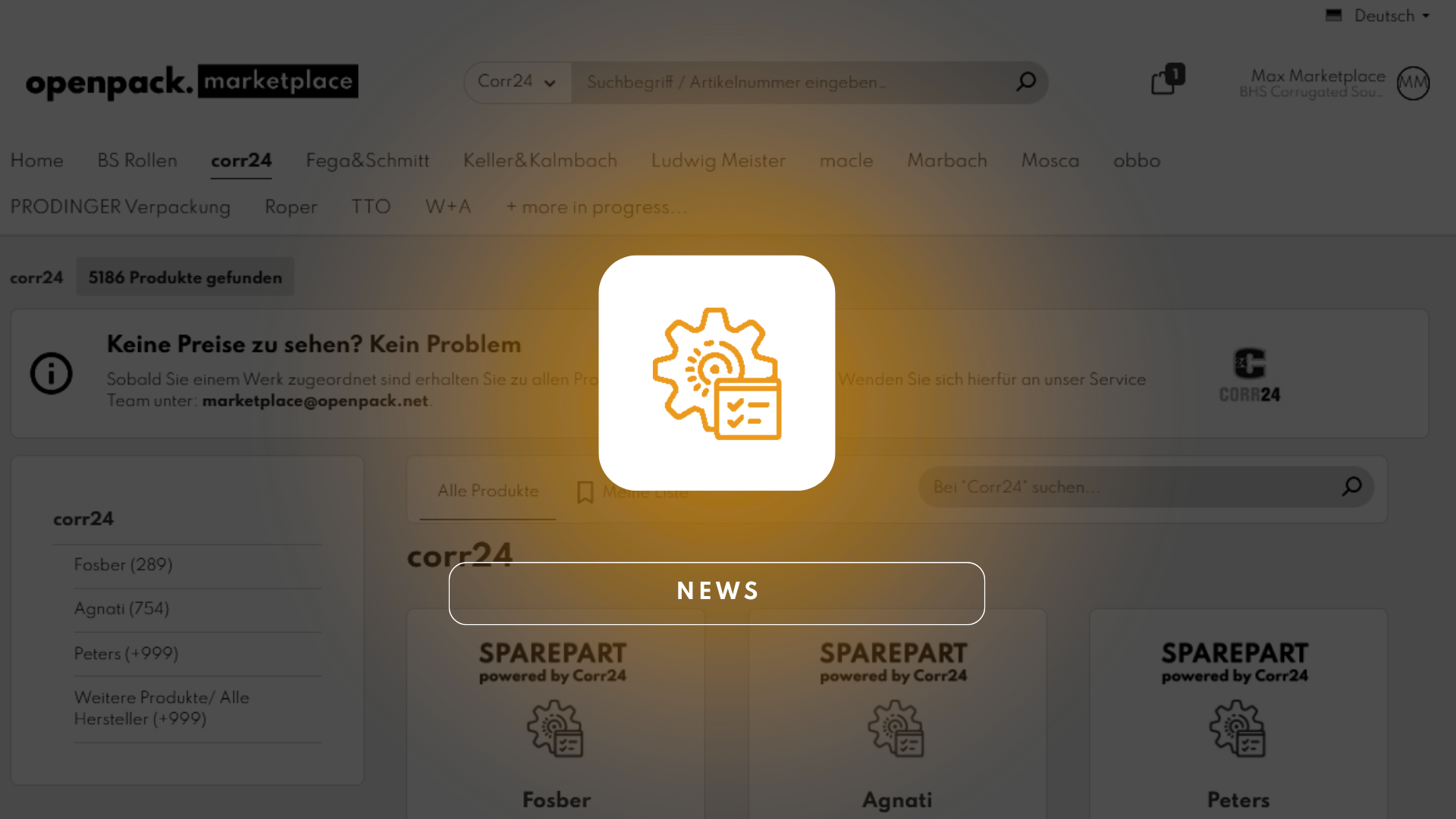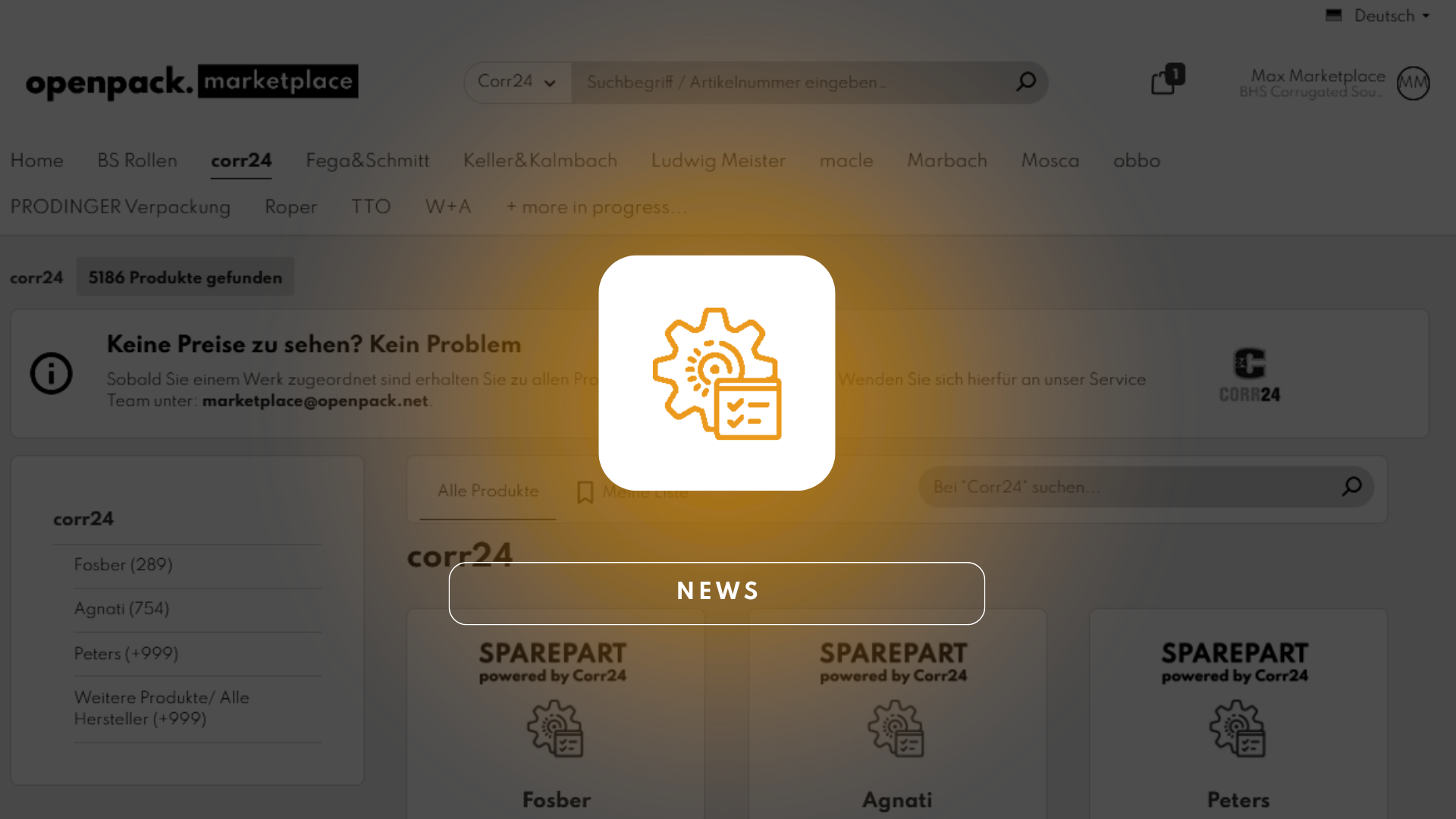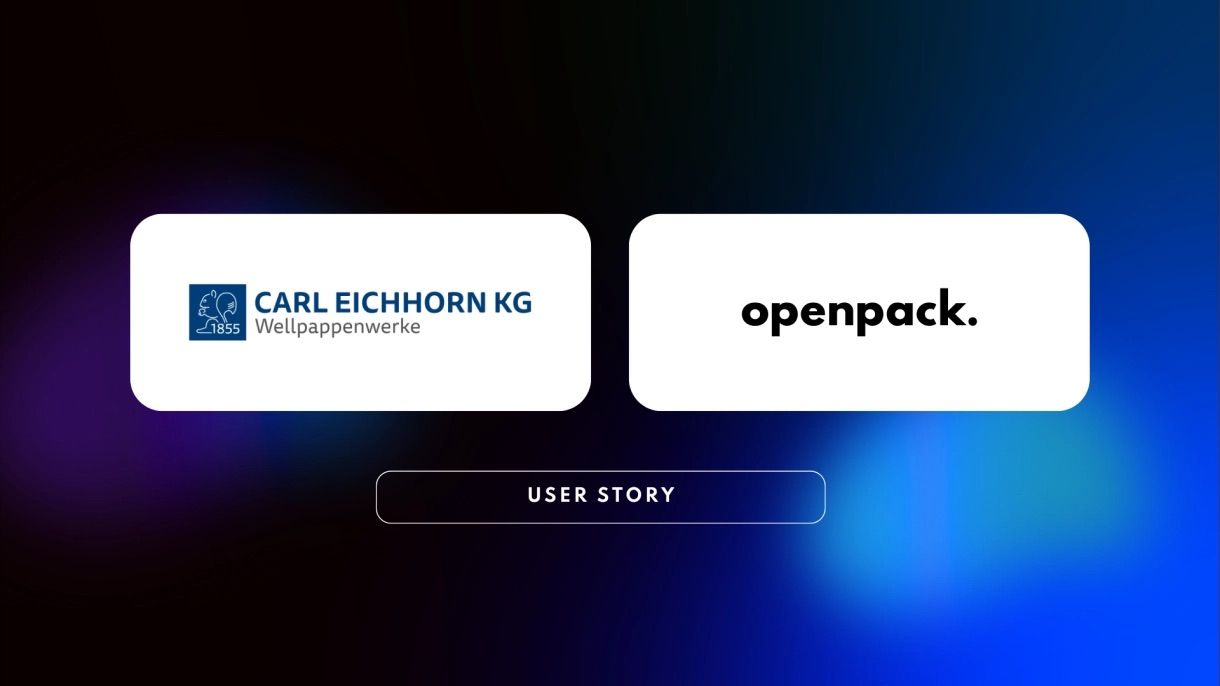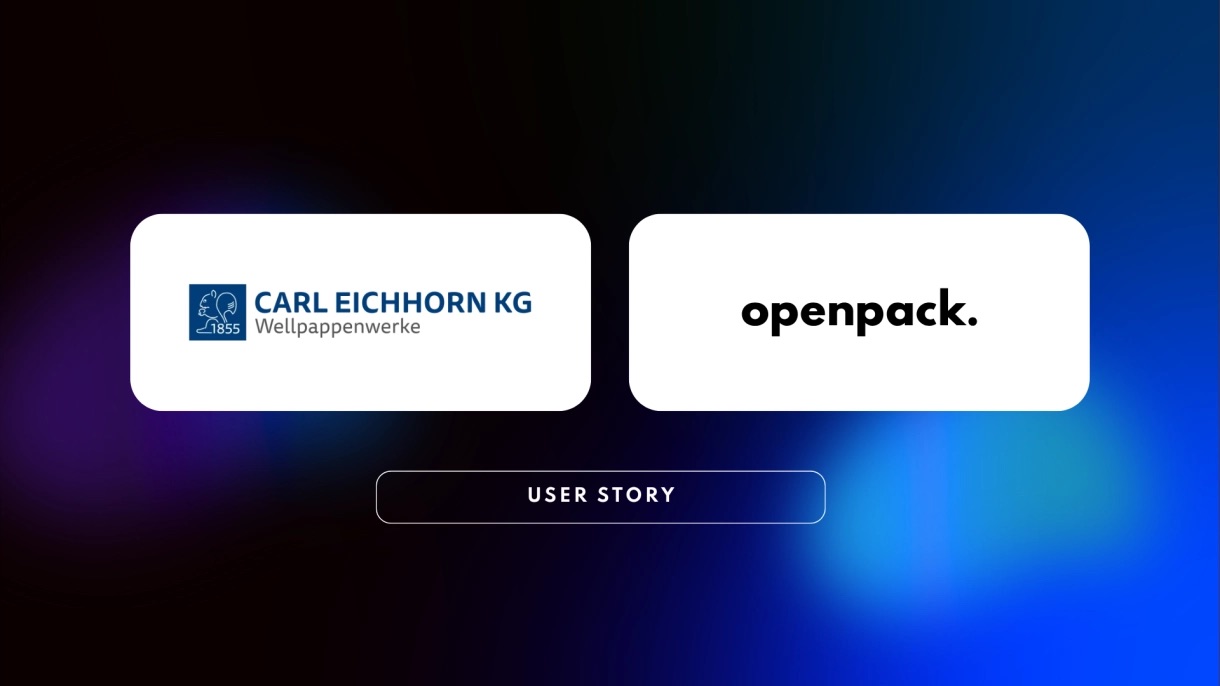Energy Efficiency Act (EnEfG): From obligation to opportunity
Energy Efficiency Act (EnEfG):
From obligation to opportunity
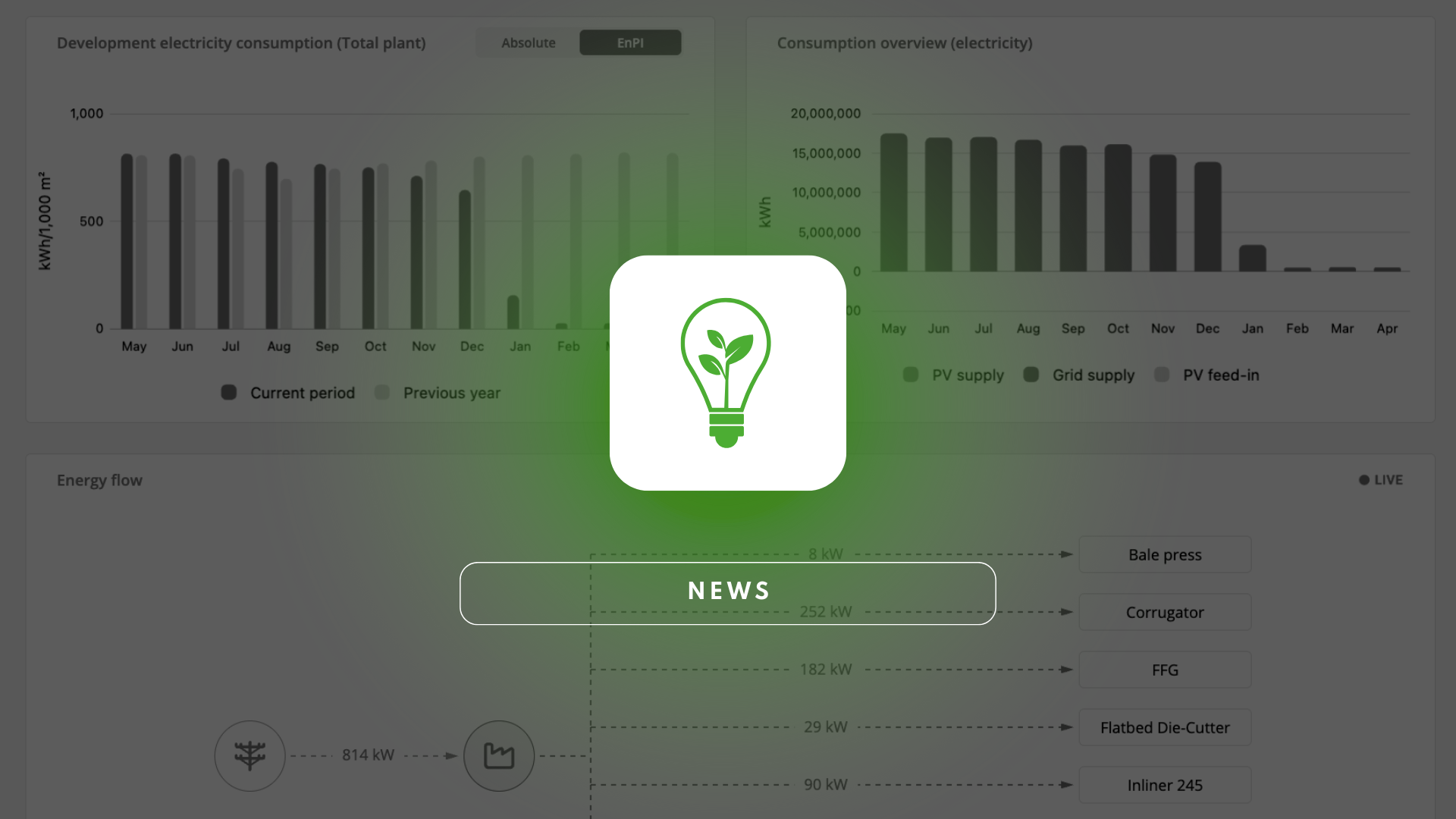
Sustainably reduce energy costs and secure competitive advantages
With the new law on increasing energy efficiency and amending the Energy Services Act (EnEfG), the German government has now created a clear framework for systematically improving energy efficiency in companies: Companies are now obliged to make their energy consumption transparent and reduce it sustainably.
Technical purchasers, production managers, and energy managers are at the center of this development. They are called upon to view energy efficiency not only as a mandatory task within the framework of new legal regulations, but also as a strategic instrument for reducing operating costs and ensuring long-term competitiveness. The requirements affect many companies, which must specifically adapt their processes, structures, and investment decisions.
The law defines specific obligations, ranging from the systematic recording of energy consumption to the introduction of efficiency measures. When implemented correctly, these requirements offer the opportunity to gain transparency about energy use, uncover savings potential, and use resources more sustainably. Companies that invest in professional energy management at an early stage not only lay the foundation for compliance but also strengthen their market position.
Background to the EnEfG advantages
The Energy Efficiency Act (EnEfG) is part of a larger European strategy: With the Energy Efficiency Directive (EU) 2023/1791, the EU has set targets to significantly reduce energy consumption and CO₂ emissions. Germany has been implementing these requirements with the EnEfG since November 18, 2023, thereby expanding the previous regulations of the Energy Services Act (EDL-G).
- The Energy Efficiency Act sets clear requirements for binding final and primary energy savings targets for the first time. Specifically, this means:
- By 2030, actual energy consumption should be around a quarter lower than in 2008.
- Primary energy consumption (total energy used, including losses) should be reduced by 39.3% by 2030.
- The long-term plan: By 2045, final energy consumption is to be reduced by 45% overall.
These targets make it clear that energy efficiency is not just a short-term measure, but part of a long-term transformation strategy for the economy and society.
Which companies are affected by the new Energy Efficiency Act?
The expanded Energy Efficiency Act (EnEfG) is aimed at medium-sized and large companies as well as energy-intensive businesses.
Companies with …
- an annual energy consumption of more than 7.5 GW
- more than 250 employees
- an annual turnover of at least €50 million or a balance sheet total of €43 million
- energy-intensive production processes
These companies face the challenge of complying with legal requirements while saving costs. Especially against the backdrop of current energy price developments, early and strategic implementation not only helps to fulfill legal obligations but also offers significant cost savings and competitive advantages.
Overview of key requirements of the EnEfG
To meet the requirements, companies must fulfill clearly defined obligations:
- Implement an energy management system (ISO 50001 or EMAS certified)
- Conduct an energy audit every four years in accordance with DIN EN 16247-1
- Implement economically viable energy efficiency measures (amortization < 3 years)
- Ensure transparent annual reporting on consumption and savings
In addition, companies must regularly evaluate and adjust their measures to ensure long-term efficiency gains.
These legal requirements also represent a strategic opportunity: companies that take a systematic approach to energy efficiency reduce costs, strengthen their competitiveness, and demonstrate that they are responsible, forward-looking players.
The current BAFA information sheet (as of July 7, 2025) explains the changes in detail. In addition, the information sheet contains specific guidance on the design of implementation plans based on ISO 50001 and EMAS.
Step by step to digital energy management
To effectively meet requirements and fully exploit efficiency potential, we recommend the following steps:
- Digitally record and analyze consumption: A transparent data basis creates clarity and a solid basis for decision-making. Digital tools enable detailed analyses and reveal previously invisible savings potential.
- Establish digital energy management: Define clear responsibilities and processes based on digital solutions to reduce complexity.
- Prioritize measures in a targeted manner: Digital tools support you in prioritizing economically viable measures with short payback periods. This allows you to make optimal use of your resources and achieve quick results.
- Set up efficient monitoring: Real-time monitoring makes savings visible and enables continuous improvements. Digital platforms offer automatic reports and real-time dashboards that allow energy data to be centrally recorded and evaluated.
Mastering challenges: Strategies for efficient implementation
Implementing the expanded EnEfG can be complex. Typical challenges include initial investment costs, lack of resources, and complex technical requirements.
Successful strategies include:
- Utilizing government subsidy programs to minimize financial burdens
- Collaborating with experts to benefit from their experience and technological know-how
- Long-term investment planning to minimize risks
- Employee training and clear communication are crucial for the successful and sustainable implementation of the measures. The better employees are involved in the process and trained, the greater the chance of long-term success.
- Introduction of a continuous improvement process to not only meet legal requirements, but also to benefit from the advantages of increased energy efficiency in the long term.
Advantages of early introduction and implementation
The implementation of the EnEfG offers companies numerous advantages:
- Reduced energy costs: Sustainable reduction in operating costs
- Competitive advantages: Early adaptation gives you a decisive edge over your competitors
- Funding opportunities: Government support through targeted funding programs facilitates financing
- Better reputation: Sustainable action strengthens brand image and customer loyalty
- Long-term planning: Digital tools enable long-term savings and facilitate future adjustments to regulatory changes
In addition, the targeted implementation of the EnEfG requirements improves resilience to future energy price increases and stricter legal requirements.
How the EnEfG turns into your key to success
The Energy Efficiency Act can be much more than a legal obligation for companies. It offers companies the opportunity to increase their competitiveness in the long term. It is important to plan strategically at an early stage, prioritize suitable measures, and make targeted use of external support. Digital solutions help not only to efficiently meet the requirements of the EnEfG, but also to benefit from significant cost savings and clear competitive advantages in the long term.
Sources
Bundesamt für Wirtschaft und Ausfuhrkontrolle. Merkblatt für das Energieeffizienzgesetz (EnEfG). As of July 7, 2025. Accessed on August 11, 2025, at https://www.bafa.de/SharedDocs/Downloads/DE/Energie/ea_merkblatt_energieefffizienzgesetz.pdf?__blob=publicationFile&v=2
Industrie- und Handelskammer Karlsruhe. BAFA-Merkblatt zum Energieeffizienzgesetz aktualisiert. Accessed on August 11, 2025, at: https://www.ihk.de/karlsruhe/fachthemen/energie/aktuellesenergie/bafa-merkblatt-zum-energieeffizienzgesetz-aktualisiert
Bundesministerium der Justiz und Verbraucherschutz. Gesetz zur Steigerung der Energieeffizienz in Deutschland1 (Energieeffizienzgesetz – EnEfG). Accessed on August 11, 2025, at: https://www.gesetze-im-internet.de/enefg/BJNR1350B0023.html
Now available: Our new white paper
Digital Transformation in the Corrugated Board Industry: Greater Efficiency through Connected Systems
Learn how openpack simplifies data exchange between systems, reduces technical costs, and optimizes operational processes in the long term.

